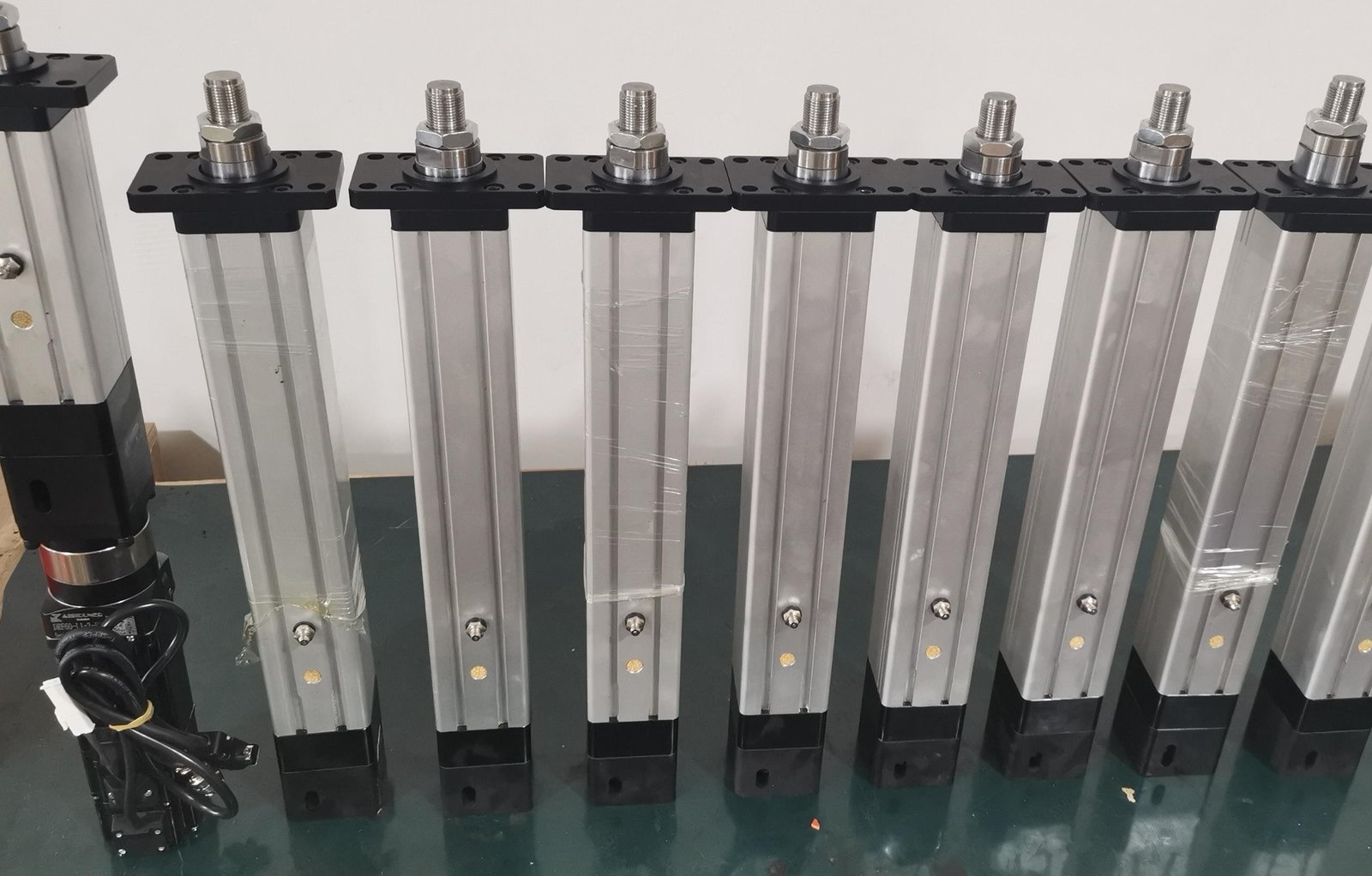The reciprocating electric cylinder is an electric actuator widely used in industrial automation systems. Its design and working principle provide users with unique advantages. The name of the reciprocating electric cylinder comes from its special structure, which allows it to achieve a larger stroke range in a limited space, providing flexibility and efficiency for specific application scenarios.
One of the main features of the reciprocating electric cylinder is its compact design. By adopting a fold-back structure, the piston rod of the electric cylinder can fold back along the inside of the cylinder when performing movement, minimizing the space required. This makes reentrant electric cylinders ideal for deployment in space-constrained environments, such as automated assembly lines and confined work areas.
Another significant advantage is the optimization of the stroke length of the reciprocating electric cylinder. Due to its unique structure, reciprocating electric cylinders are able to achieve longer strokes within relatively short dimensions. This is valuable in applications where larger travel distances are required but space is limited, providing greater flexibility in system design.
Reciprocating electric cylinders usually use advanced motor control technology to achieve high-precision position control and multi-axis synchronous motion through programming. This makes it excellent in industrial automation applications that require complex motion trajectories and precise positioning.
Installation method of folding electric cylinder (folding electric cylinder)
Folding electric cylinders (folding electric cylinders) can be divided into three types: installation with guide posts, base installation, front flange plate installation and horizontal flange installation
Overall, the reciprocating electric cylinder provides an efficient and flexible actuator solution for industrial automation systems with its compact structure, optimized stroke length and advanced control technology. Its design for greater travel in a limited space provides engineers and system designers with more choices and design freedom.

